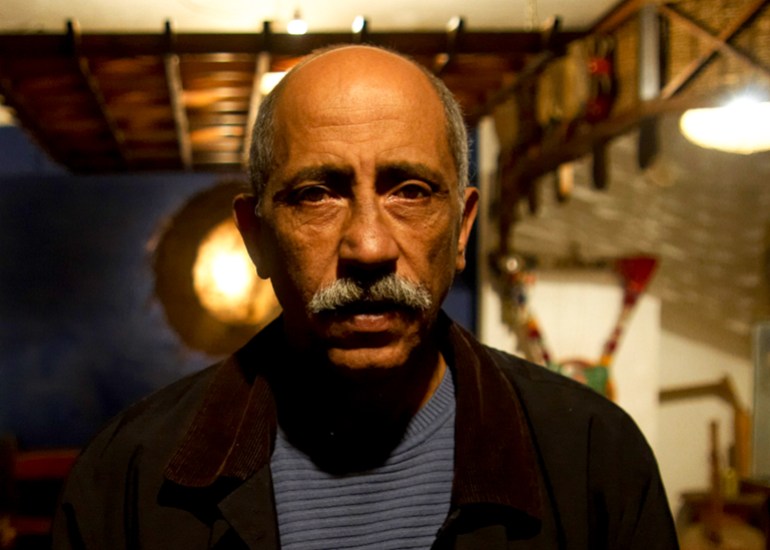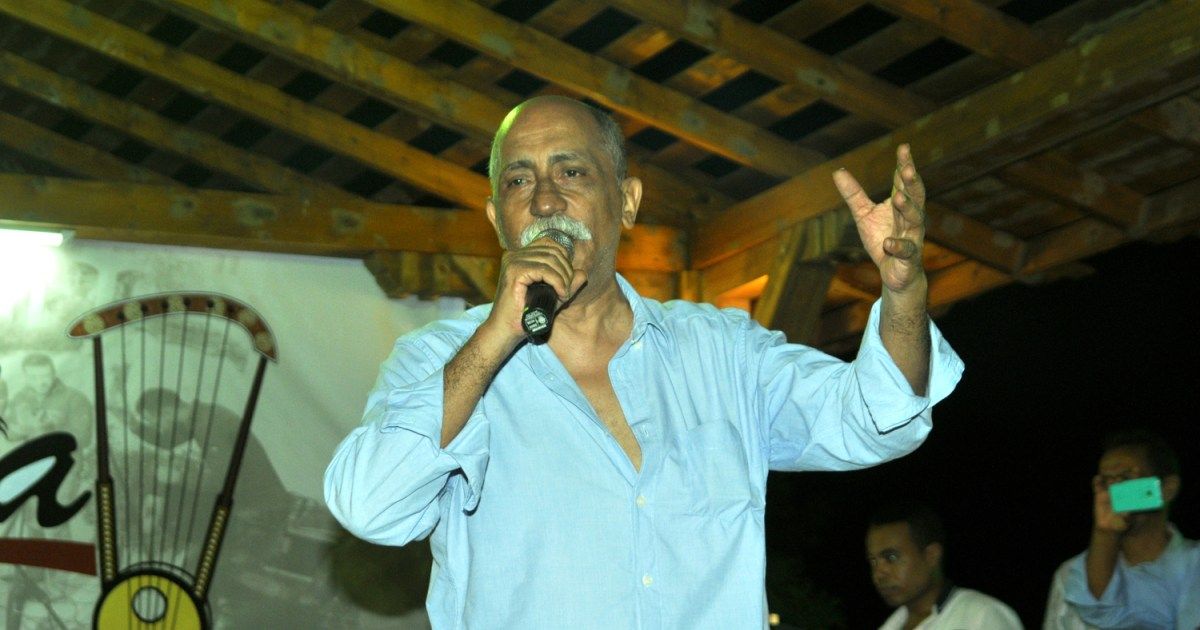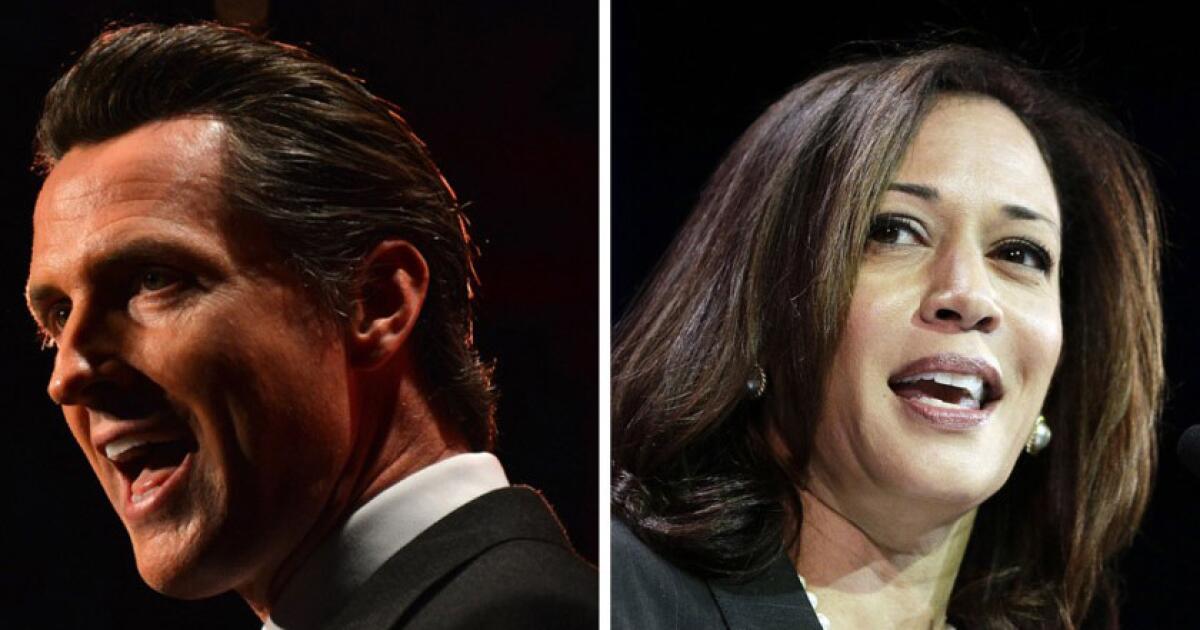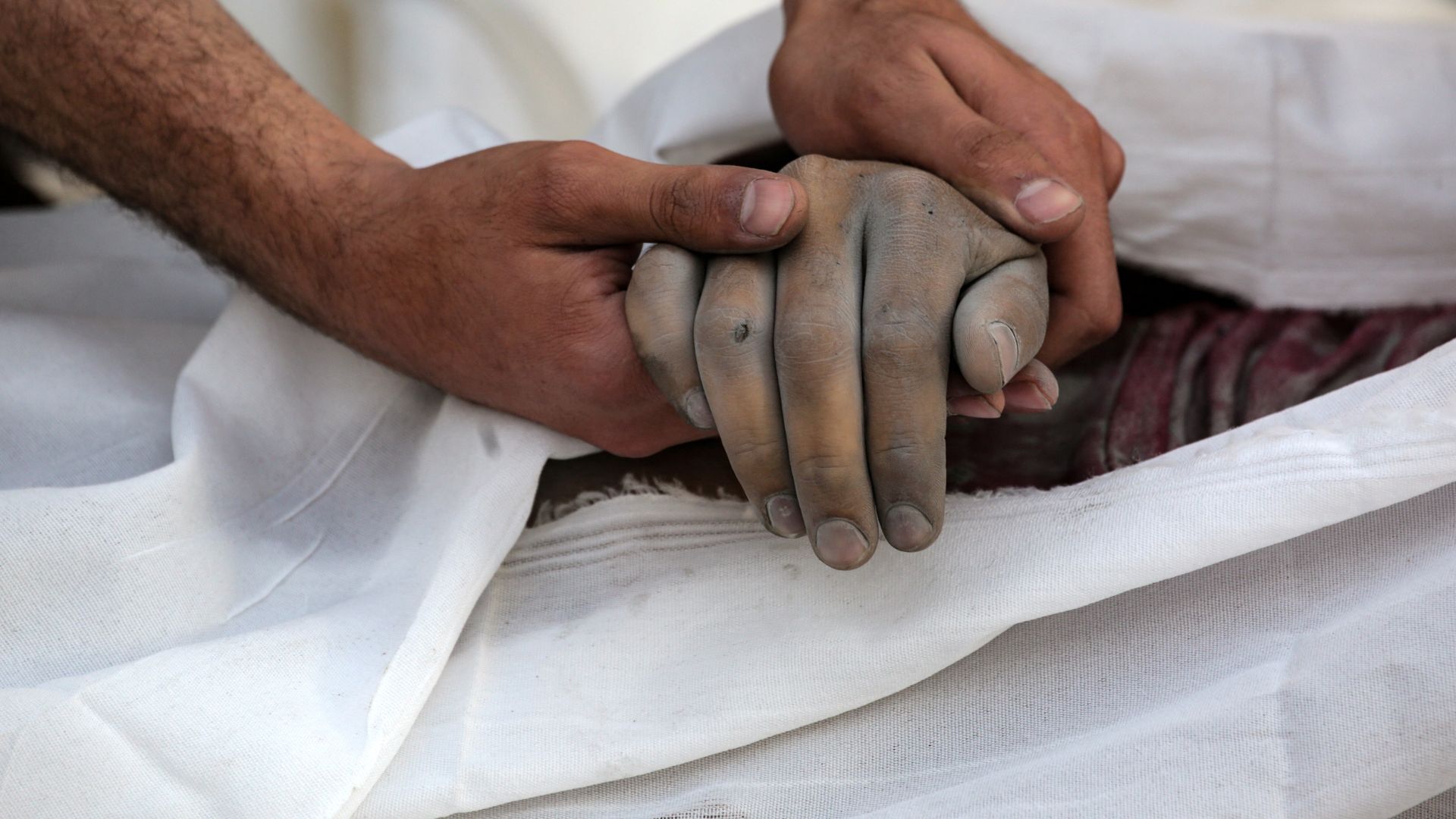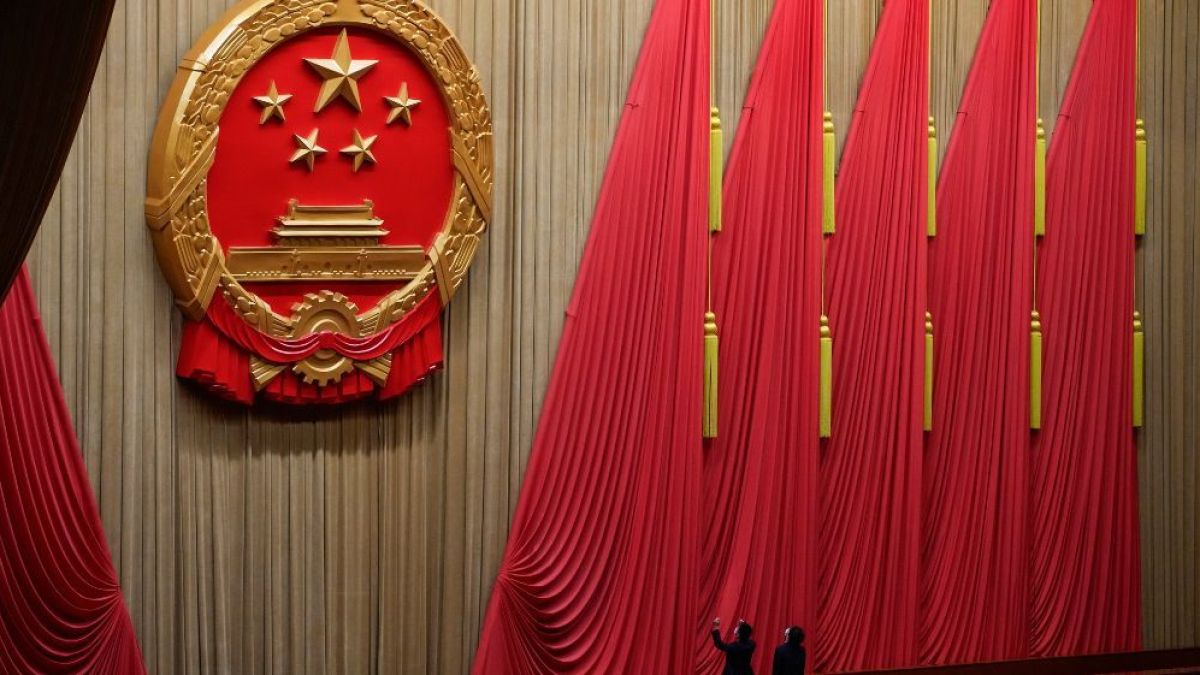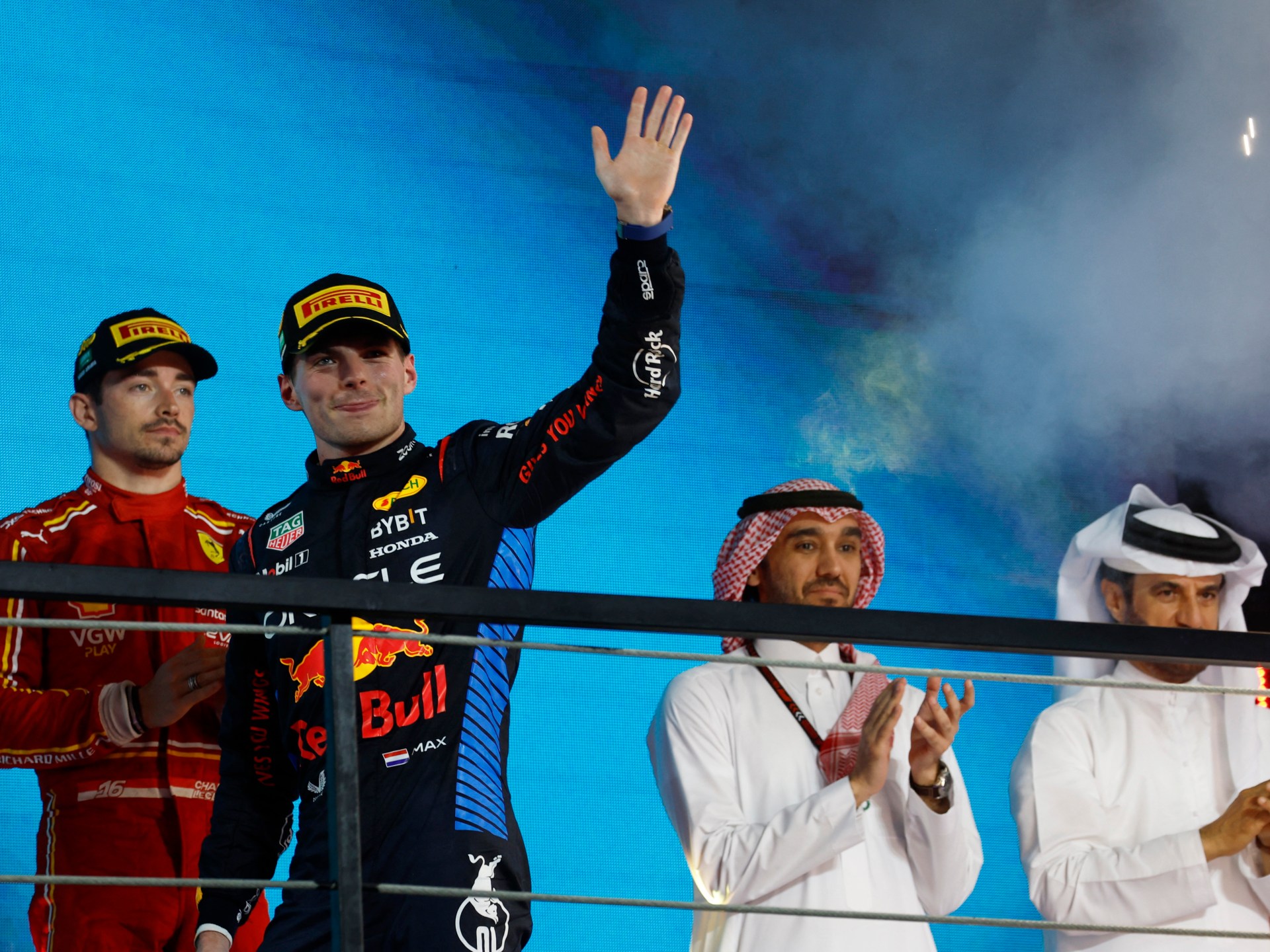The old-looking public address system was not designed to handle the immensity of sound produced by the famous Nile Delta folk music ensemble, El Tanbura, as they warmed up for a show on the streets of Ismailia on a warm summer night in 2019 , one of several shows in the main cities of the Suez Canal commemorating the 30 years of the founding of El Tanbura.
The volume and distortion created a mix of traditional Delta music with the distinctive sound signature of mahraganat, the contemporary urban youth music that emerged from outdoor weddings in working-class neighborhoods to conquer Egypt and much of the Middle East. storm during the last decade.
Supervising the warm-up with his characteristic smile was the legendary musician Zakaria Ibrahim – El Rayes (ship captain or chief in general), the “godfather of popular art”, the “Pyramid of popular culture” – who died in Cairo on February 12 . at the age of 72 years.
Zakaria founded El Tanbura in 1988 after struggling for almost a decade to find players of simsimiyya, one of the oldest instruments in the world. Sometimes called a box lyre, the simsimiyya is the smaller cousin of the tanbura, a five-string lap harp with roots stretching back to ancient Egypt (it appears in art dating back to the Middle Kingdom, circa 2000). BC) to India.
Rayes Zakaria's work in reviving interest in ancient instruments made him a giant of Egyptian, African and world music.
He was also a revolutionary artist: he focused his life and art on using music to encourage, if not enable, change in Egyptian society and to support the people once the revolutionary moment inevitably ends.
He cared deeply about his songs and the history and culture behind each one, to the point of losing track of time and space.
But that was precisely the goal of most of the music he helped create as the founder and singular force behind the El Mastaba Center for the Preservation of Egyptian Folk Music, Egypt's (and probably the Arab world's) most important institution dedicated to traditional music.
Zakaria Ibrahim's musical roots
Zakaria was born in Port Said in 1952, the same year as the Egyptian revolution, and grew up in an environment of resistance and patriotism between the 1956 war against Israel, the United Kingdom and France and the 1967 war.
During this time, the shaabi (popular, working class) music of Port Said and the Channel became famous throughout Egypt and the Arab world as the music of resistance, whose lyrics and propulsive rhythms matched the spirit of resistance against the invasion. British and then Israeli. colonialism.

Port Said was captivated by dama during this time: a combination of party music and transcendental experience that combined popular love songs and Sufi music from different traditions in the Nile Delta and Canal Zone and used the simsimiyya to produce the sound that captivated Port Said. .
In the three years after 1967, Egypt fought the War of Attrition with Israel and the songs of the simsimiyya traveled throughout Egypt, carried there by people displaced from the Canal Zone by the war to serve as reminders of their places of birth. origin.
Zakaria moved to Cairo in the early 1970s to attend university, just as Egypt transitioned from the Arab nationalist policies of President Gamal Abdel Nasser to the more neoliberal and pro-Western policies of his successor, Anwar Sadat.
He became deeply involved in the leftist student movement and eventually served a brief stint in prison for his activities.
At the same time, simsimiyya music, which had been so deeply embedded in the culture of Port Said and the Delta in general, became increasingly commercialized.
“Instead of being like we were before, singing and meeting in the streets all together and then going out together, now there is a situation where the one who comes to attend has to pay the one who sings,” Zakaria once lamented, criticizing the which he saw as the commercialization of the people's music.
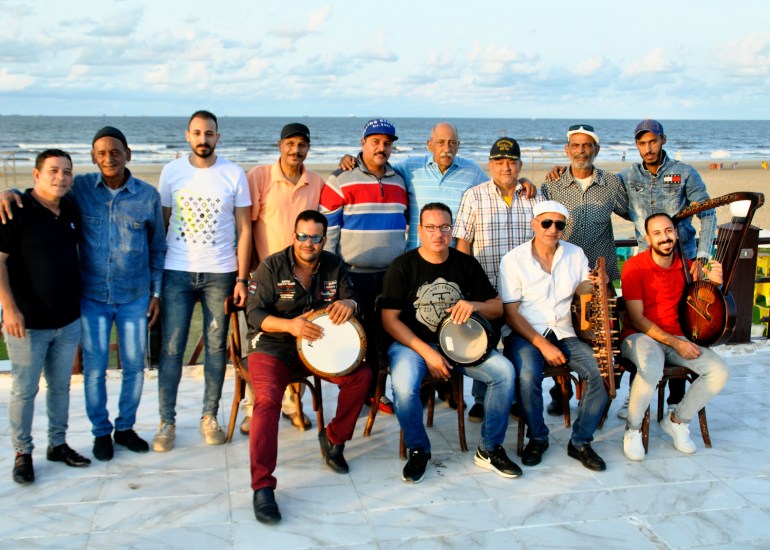
Meanwhile, the music of the tsar, and in particular that of the rank, had practically become extinct except as a tourist curiosity.
When he returned home in the early 1980s, Zakaria found his mission: not just to save or even preserve the music he loved, but to gather as many former practitioners as he could find to revive it, and with it, the music he loved. spirit of community, as well as resistance.
“Zakaria was an African Alan Lomax,” said Moroccan-Italian musician and filmmaker Reda Zine, referring to the famous ethnomusicologist who did so much to preserve traditional music.
“I was trying to redesign ancient caravan routes, to highlight healing, just like the Gnawa in Morocco,” Zine explained, referring to the North African country's Sufi music.
Without a doubt, from the first moment Zakaria heard Gnawa in El Mastaba, he could notice the similarities in mood, strings and songs from one end of North Africa to the other.
“Zakaria saw the connections between the healing power of Sufi music… the way others looked at tarab [virtuosic art music]”Zine explained.
“And he saw how the Moroccan government had finally come to support Gnawa and their culture, and wanted to achieve the same for spiritually based folk music in Egypt.”
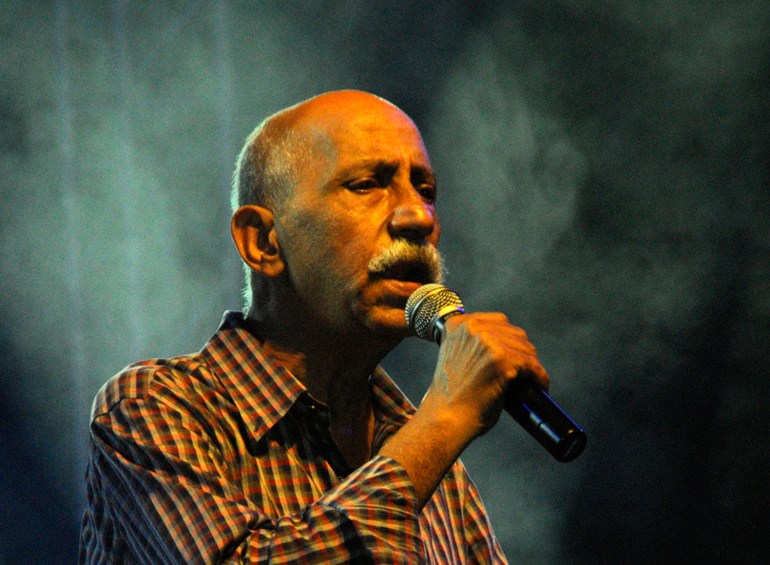
The simsimiyya, the tanbura and the “rango” – a small wooden xylophone that, along with the tanbura, has long been the main instrument of various types of ritual gatherings known as zar ceremonies – have a spiritual past, whose origin and route varies depending on who tells it.
Its modern origins center on the conquest of present-day Sudan in 1820 by the Egyptian Muhammad Ali and the participation, as slaves and free people, of increasing numbers of Sudanese, Nubians, Ethiopians and other East Africans in the burgeoning army. Egyptian”. as well as in the cultivation and trade of cotton in general.
With the establishment of Port Said in 1859 and the abolition of the slave trade in the late 19th century, major Egyptian cities to the Mediterranean saw a marked increase in sub-Saharan communities and, eventually, neighborhoods and neighborhoods.
Their cultural, religious and musical practice intersected and incorporated with local practices to produce various forms of modern Egyptian folk music, most of which have their roots, at least in part, in the Sufi and East African traditions that define to groups like El Tanbura, Rango and other groups created. or sponsored by El Mastaba.
Revolution, evolution
One of the most powerful moments of the 18-day Egyptian Arab Spring uprising of 2011 was when El Tanbura marched – danced, actually – towards Tahrir Square, the symbolic heart of the protest movement.
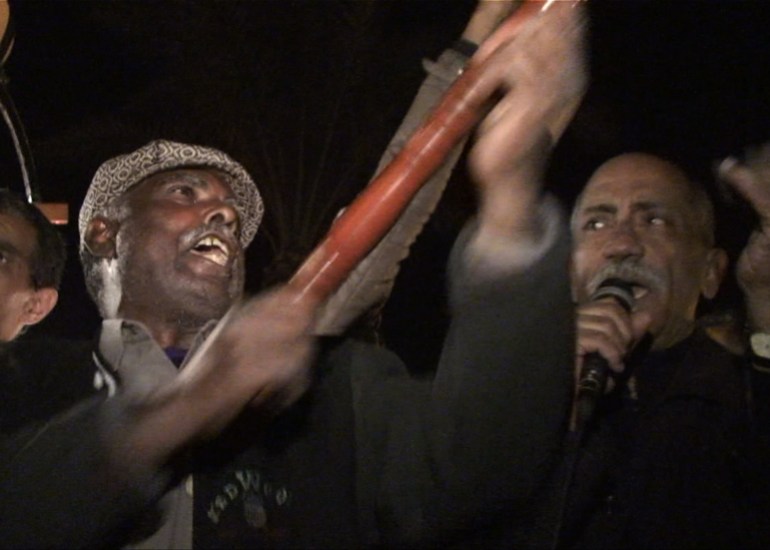
The Tanbura sang revolutionary songs that were first sung against Israel in 1956 and 1967, underscoring both what was at stake in the protests and which side politically based artists were on.
Six months after the start of the revolution on January 25, El Tanbura was at the Barbican in London to perform with other musicians playing in Tahrir Square. This began a series of tours that would take them throughout the Arab world, Europe and Asia, including major festivals such as Glastonbury and Roskilde.
Listening to Zakaria describe his music, let alone sing and dance to it on any stage, it became clear that what made El Tanbura so powerful was what makes the best Sufi music so popular: the blend of the sacred and the profane. , the spiritual and the earthly. at the service of music that forces even the most reluctant listener to join in and dance.
The simsimiyya, which had been the “pulse of the people” as early as 1956, once again helped galvanize the revolutionaries, not only for politics, but as Zakaria liked to say, “for love… These are Sufi feelings.” , people immersed in loving together.”
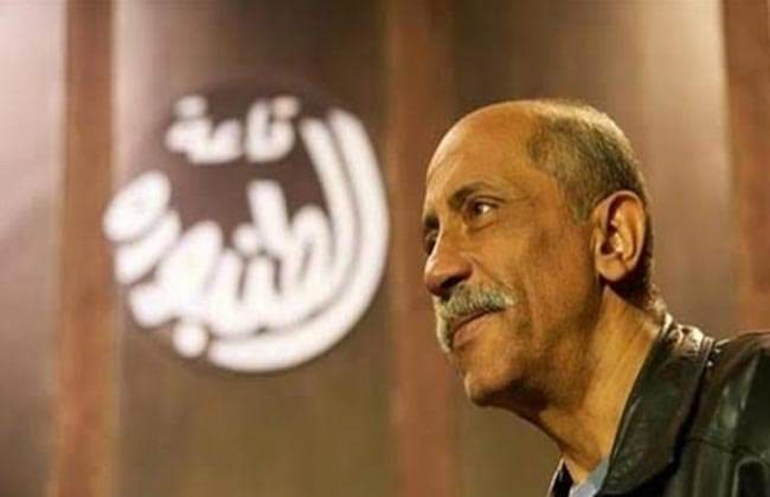
For anyone who attended a performance by El Tanbura, Rango or other El Mastaba bands, such as NubaNour and Bedouin Jerry Can, that idea of being immersed – or as Zakaria would describe it, of simply letting go and flying – was a regular occurrence, either in the Channel towns or at its Cairo base, the El-Dammah Theater in Abdeen.
On any given Wednesday or Saturday night, during their regular shows, the groups would sing and dance to what can best be described as party music with a spiritual core, which also created the very real material Zakaria needed to gain respect, the credit and income of its musicians. for his art.
What Zakaria understood is that when it comes to heritage music, it is not just about preserving the past, but about composing the future. Sometimes this is the only revolutionary act still possible, especially after Egypt's 2013 counterrevolutionary coup made dancing in the square with simsimiyyas and dafs raised above their heads, chanting “Rise up and take your freedom,” almost impossible.
Two days after the 2019 show in Ismailia, Zakaria was on the shores of the Mediterranean at the El Tanbura base in Port Said, after another performance by the group in front of their most ardent fans.
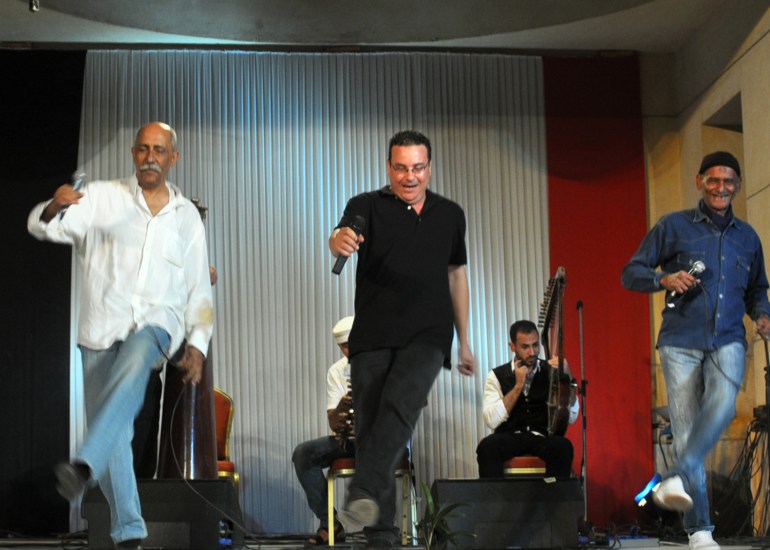
His face glowed faintly in the moonlight, illuminating not only the satisfaction but also the stress of leading an independent organization with a history of resistance music as Egypt's counterrevolutionary era dragged on.
When I asked him why, at almost 70 years old, he continued to work at the frenetic pace that groups and music demanded, he responded instantly: “Mark, I will play until I die.”
But he stopped performing weeks before his death, protesting the destruction caused by Israel's war on Gaza and possibly the Egyptian government's response.
Zakaria, whose friends called him the “ambassador of joy,” spent his final weeks without playing the music he did so much to preserve and that brought joy to him and so many others.
Mamdouh Elkady, CEO of El Mastaba and Zakaria's assistant for more than 30 years, summed up the intensity of the feeling of loss at his passing.
“With Zakaria's death, we lost the central pillar of the tent that protected us with his compassion and love for all who work in the traditional folk music system,” Elkady said.
“But given all the problems facing the country, the region and the world today, we have to continue with his vision. He has returned the time of resistance and joy, of revolution and union.”
That is a message that Zakaria Ibrahim, businessman, organic intellectual and revolutionary, could have sung and danced until dawn.
